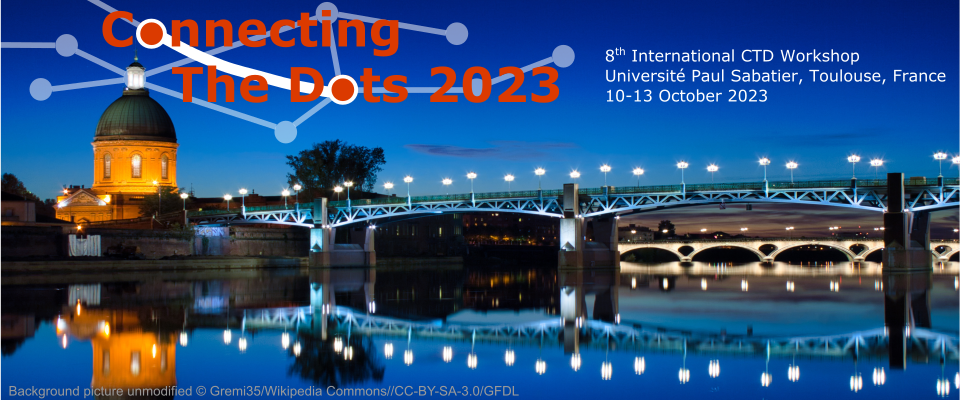Speakers
Description
Recent work has demonstrated that graph neural networks (GNNs) can match the performance of traditional algorithms for charged particle tracking while improving scalability to meet the computing challenges posed by the HL-LHC. Most GNN tracking algorithms are based on edge classification and identify tracks as connected components from an initial graph containing spurious connections. In this talk, we consider an alternative based on object condensation (OC), a multi-objective learning framework designed to cluster points (hits) belonging to an arbitrary number of objects (tracks) and regress the properties of each object. Building on our previous results, we present a streamlined model and show progress toward a one-shot OC tracking algorithm in a high-pileup environment.
